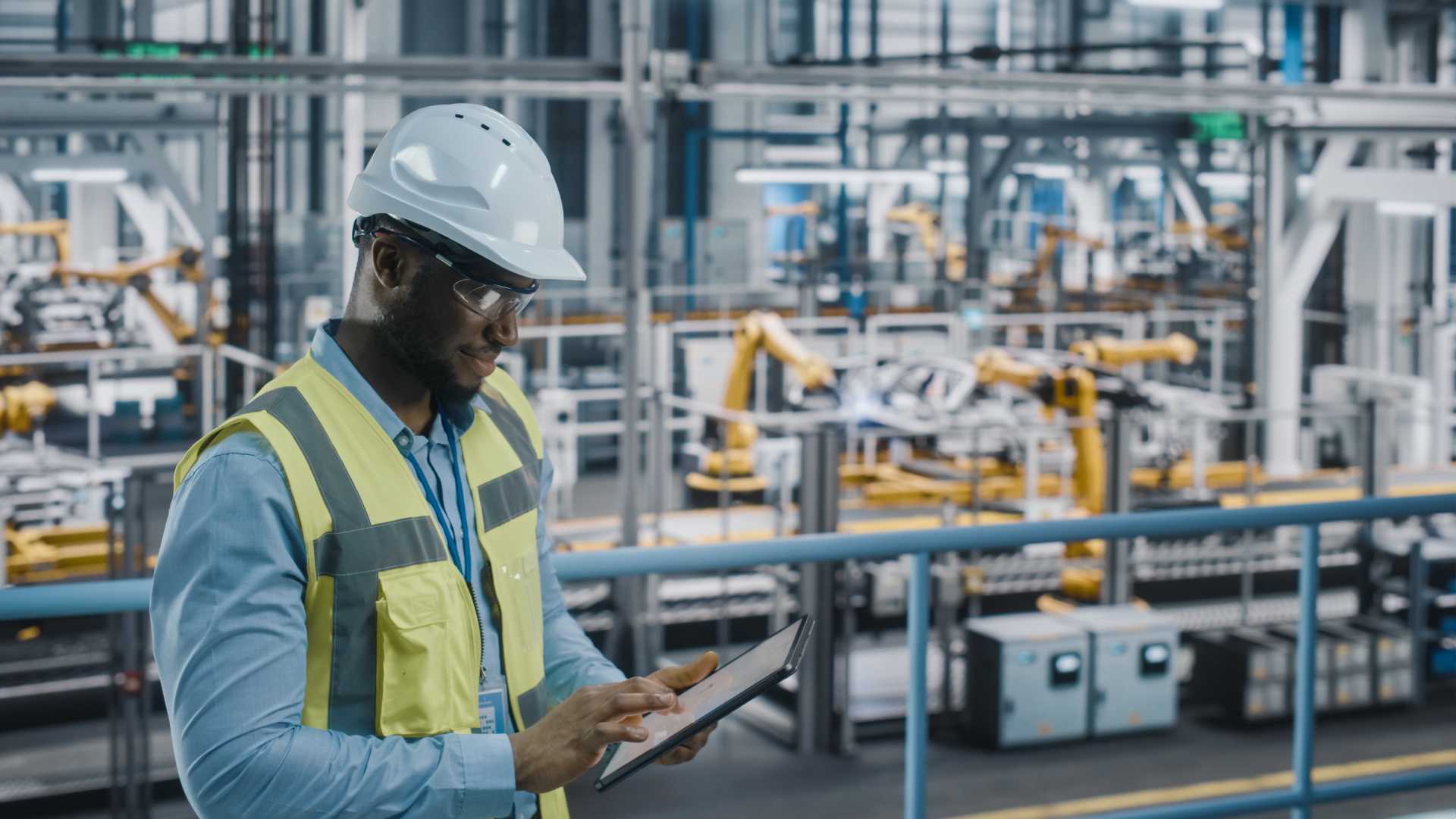Artificial intelligence (AI) is ushering in the next industrial revolution. After disrupting sectors like tech, finance and health care, AI’s transformative impact is now revolutionizing manufacturing operations and business models on a monumental scale. From the factory floor to the back office, AI technologies like machine learning, computer vision, natural language processing and generative AI are automating tasks, optimizing processes and augmenting decision-making in ways that were unimaginable just a few years ago. For manufacturers, embracing this AI revolution can present unique opportunities to drive innovation, productivity and competitive advantages.
The AI Revolution in Manufacturing
While AI has become widespread in recent years, its practical implementation varies significantly within the manufacturing industry. Most manufacturers recognize AI’s immense potential; however, many are still in the early stages of building robust data capabilities and integrating AI-driven insights across their organizations.
Data is the lifeblood of AI. Without high-quality, plentiful data, AI systems cannot be effectively trained or generate reliable insights. In manufacturing, unlocking AI’s full potential hinges on having the right data strategy and architecture in place. This includes implementing robust data governance policies, breaking down data silos across systems and facilities, integrating disparate data sources into unified data lakes or warehouses and ensuring data quality and consistency. Furthermore, manufacturers must incorporate data generated from front-line workers. This opens up even more opportunities and valuable insights into real-time operations and facilitates continuous improvement.
AI is only as intelligent as the data to which it is given access. If product data is scattered across disconnected sources in different languages, formats and taxonomies, even the most advanced AI will provide nonsensical outputs. However, manufacturing operations cannot afford any data inconsistencies or false returns, especially when such errors can cause life-threatening situations. Manufacturers need to put in the upfront work to map out their data ecosystems and construct coherent, unified datasets that AI can reason over.
Bad data going into AI models equals bad output. Manufacturers need to get their data houses in order first: cleansing data, establishing data standards, and building secure, scalable data pipelines. But that’s just the start. The true challenge is structuring and enriching data in a way that AI models can accurately interpret and extract insights. Raw data sitting in databases, legacy systems, PDFs and spreadsheets are essentially useless for AI. It must be carefully labeled, formatted and integrated into centralized data stores.
An Integrated Human-Centric Approach to AI
When implemented thoughtfully with an integrated, organization-wide approach, AI and machine learning technologies can be true game changers for manufacturers. We’re seeing AI move from optimizing individual processes to connecting entire value chains, evolving front-line operations, and reshaping business models. Manufacturing organizations that can unify their data and leverage human-centric AI at a systemic level can see transformative impacts.
On the production floor, AI-powered systems can augment and connect front-line workers, optimize equipment performance, predict maintenance needs, automate quality inspections, and streamline operations — but only if they can access rich, real-time data streams. Supply chain AI applications like smarter demand forecasting, dynamic inventory optimization and efficient logistics routing require unified data across enterprise resource planning (ERP), customer relationship management (CRM), supplier, distribution and other systems. Leading manufacturers are even exploring generative AI to accelerate product design and innovation by training large language models on reams of product data, technical specs and research.
But AI’s disruptive potential extends far beyond the factory. With machine learning augmenting decision-making, we’re seeing examples of AI impacting everything from strategic planning to finance, human resources (HR), workforce development, equipment maintenance, safety compliance and more.
There is an opportunity to fundamentally reinvent back-office functions and management processes. Artificial intelligence is poised to augment workers, not replace them. Human-centric AI gives workers access to valuable information and training on how to properly operate and maintain equipment, troubleshoot issues and upskill. Instead of automating jobs away, human-centric AI empowers manufacturing workers by providing personalized insights into their strengths, areas needing improvement, and tailored training content. When used as an intelligent collaboration tool, AI can make human workers safer, more efficient, and more capable in their roles on the plant floor.
What’s Next?
Looking ahead, the transformative potential of AI and machine learning in manufacturing is staggering, provided that organizations embrace a comprehensive strategy. Organizational leaders must take charge of driving adoption forward.
Despite the challenges and uncertainties, the promise of AI is inspiring more manufacturers to take bold steps and expedite their modernization efforts. Those at the forefront of AI implementation are already witnessing substantial improvements across key performance indicators such as productivity, efficiency, quality, safety and sustainability. As these success stories multiply, organizations will understand the vitality of embracing the next industrial revolution.



